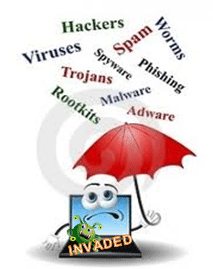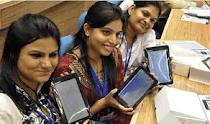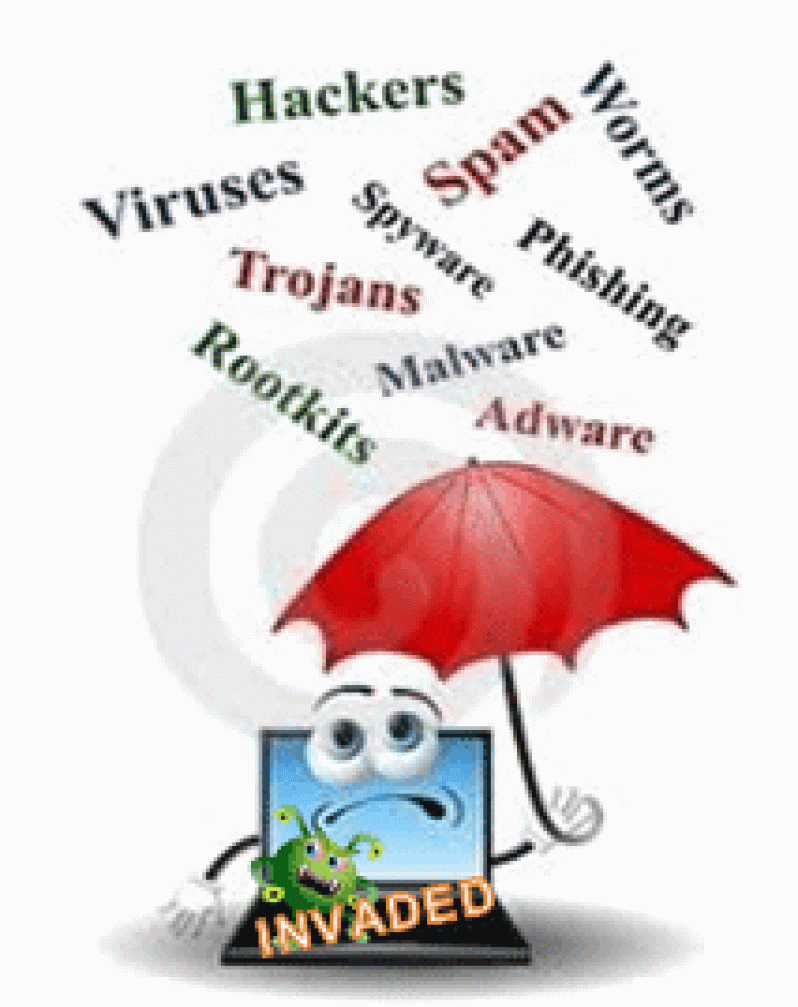How gadgets are revolutionising education
CAN YOU remember the cartoon, ‘Inspector Gadget’ of long ago: The guy with various bionic gadgets built into his body, who could fly, spy, and magnify, all from various ‘gadgets’ attached to his body? Well, these days almost everyone is, or can be, an ‘Inspector Gadget’. Including you!  The word ‘gadget’ is usually a technological (but not always) term applied to small-to-medium-size device or object with a strong novelty flavour.
The word ‘gadget’ is usually a technological (but not always) term applied to small-to-medium-size device or object with a strong novelty flavour.
A gadgets could either be a Tablet computer or a Smartphone, but on the other hand, it can also be a Web-based software with a specific functionality. Gadgets can also be found also in the kitchen, or in automobiles, etc.
Last Sunday, I noticed an unmistakable curiosity in Ashley’s eyes as she effortlessly explored her brother’s iPad. She sat, paying rapt attention as she navigated from one feature to another: Camera, games, even the Internet, oblivious to anything else. At just five years old, she is the epitome of a generation that seems to be defined by technology. 
She can barely put on her shoes, but is a pro at handling gadgets. She opens the YouTube page on the iPad and asks me to find videos of her favourite nursery rhymes, animals and cartoons.
With children today more comfortable using tablets than textbooks, they’re definitely a step ahead of their technologically-challenged parents. And often they’re the ones telling their parents which email server to use; what phone to buy; and even giving a lesson or two on how to use them..
One parent recalls the time the Internet was a completely unknown territory to her. She would ask her children to teach her to Google, but after a few lessons with her son on his laptop, she now has her own email ID, uses Skype frequently, and searches for recipes online.
There is enough literature that suggests technology can impede a child’s development. Many schools have also embraced technology in teaching, understanding that it isn’t just a necessary life-skill now, but also changes how students learn.
 Technology enables learning to be individualized, allowing students to work at their own pace, using different resources.
Technology enables learning to be individualized, allowing students to work at their own pace, using different resources.
Technology is central to some schools; students can submit assignments via email; Online learning management systems allow teachers to upload assignments and monitor students’ progress; and students blog, make movies and podcasts, and deliver digital presentations. Google Maps is used in geography lessons; and students create programmes such as an Online voting system to use during school elections.
To ensure maximum benefit to students from available technology during school hours, there are firewalls and monitoring systems that block access to social networking sites, and campaigns to promote awareness on Internet dangers.
Technology can be a powerful tool for learning, and it can be the same for cheating. It can be used to inform, and to distort. It can boldly open new doors, while opening wide some that were perhaps best left closed. Not every topic is appropriate for all age groups.
While some elements in the world of education still want to stress cursive penmanship and hand-editing, it is hard not to admit that technology, specifically and mostly the Internet and gadgets, have helped transformed the modern world.
Ask anyone over the age of 50 with a PhD what it was like to get the information they needed, and they will generally begin to swear and discuss how young people these days have it so soft.
Nothing is free; everything has a cost. While technology can have very positive effects, it can also have some very negative impacts. Things such as cheating are now simpler than ever; and I don’t mean writing on your hand. Your class is allowed to use a graphing calculator for the test? Write a programme on it that contains all the formulas that you need, and you pass the test. Chance of being caught? Zero!
Or just take a picture of your homework and send it via SMS(Short Message Service) to your friend, who copies it on the bus on the way to school using his gadget.  The use of the traditional ‘white-out’ for changing or correcting a word is now passé. It’s much easier and faster to delete a word from your touch-screen tablet, than to erase it from your book. And why go to school with tons of books on your back when you can walk with an e-reader gadget that has WIFI capability?
The use of the traditional ‘white-out’ for changing or correcting a word is now passé. It’s much easier and faster to delete a word from your touch-screen tablet, than to erase it from your book. And why go to school with tons of books on your back when you can walk with an e-reader gadget that has WIFI capability?
Using gadgets and the Internet, people from the North West District can now be trained by someone who is stationed on the West Coast of Demerara; or you could be living in Guyana and take classes from India!
Technology is changing our world, and we have to understand the implications of its use for our children’s education. Education is affected by technology in a very real way; however, the timeless goals of education should be respected.




.jpg)









